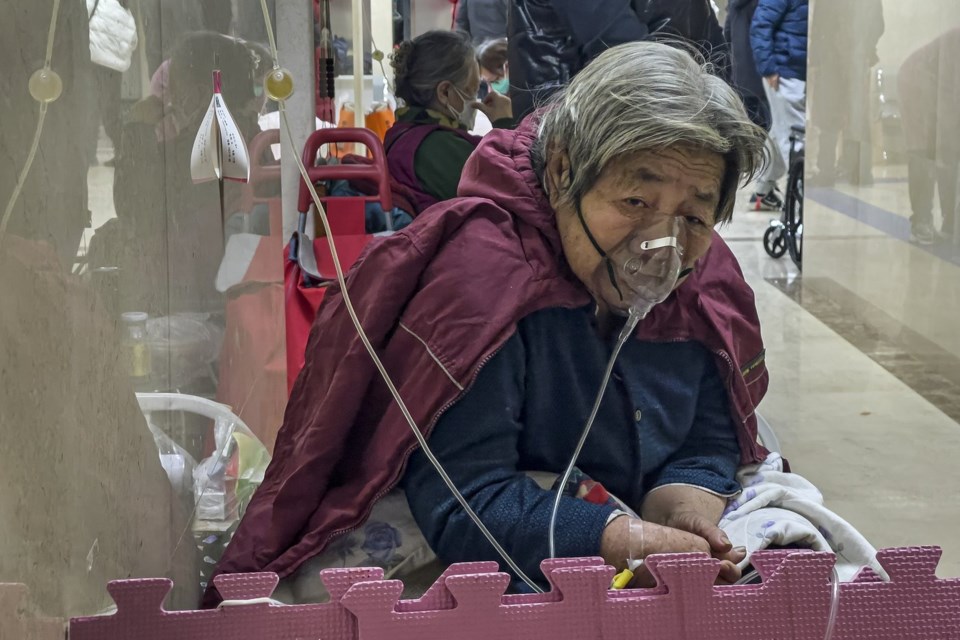LONDON (AP) — Scientists searching for the origins of have zeroed in on a short list of animals that possibly helped spread it to people, an effort they hope could allow them to trace the outbreak back to its source.
Researchers analyzed genetic material gathered from the Chinese market where the first outbreak was detected and found that the most likely animals were , civet cats and bamboo rats. The scientists suspect infected animals were first brought to the Wuhan market in late November 2019, which then triggered the pandemic.
Michael Worobey, one of the new study’s authors, said they found which sub-populations of animals might have transmitted the coronavirus to humans. That may help researchers pinpoint where the virus commonly circulates in animals, known as its natural reservoir.
“For example, with the racoon dogs, we can show that the racoon dogs that were (at the market) … were from a sub-species that circulates more in southern parts of China,” said Worobey, an evolutionary biologist at the University of Arizona. Knowing that might help researchers understand where those animals came from and where they were sold. Scientists might then start sampling bats in the area, which are known to be the natural reservoirs of related coronaviruses like SARS.
While the research bolsters the case that COVID-19 emerged from animals, it does not resolve the polarized and political debate over whether the virus .
Mark Woolhouse, a professor of infectious diseases at the University of Edinburgh, said the new genetic analysis suggested that the pandemic “had its evolutionary roots in the market” and that it was very unlikely COVID-19 was infecting people before it was identified at the Huanan market.
“It’s a significant finding and this does shift the dial more in favor of an animal origin," Woolhouse, who was not connected to the research, said. “But it is not conclusive.”
An expert group led by the World Health Organization concluded in 2021 that the virus and that a lab leak was “extremely unlikely.” WHO chief Tedros Adhanom Ghebreyesus later said it was .
found the search for the COVID origins in after political infighting and missed opportunities by local and global health officials to narrow the possibilities.
Scientists say they may never know for sure where exactly the virus came from.
In the new study, published Thursday , scientists from Europe, the U.S. and Australia analyzed data previously released by experts at the Chinese Center for Disease Control and Prevention. It included 800 samples of genetic material Chinese workers collected on Jan. 1, 2020 from the Huanan seafood market, the day after Wuhan municipal authorities first raised the alarm about an unknown respiratory virus.
Chinese scientists published the genetic sequences they found last year, but did not identify any of the animals possibly infected with the coronavirus. In the new analysis, researchers used a technique that can identify specific organisms from any mixture of genetic material collected in the environment.
Worobey said the information provides “a snapshot of what was (at the market) before the pandemic began” and that genetic analyses like theirs “helps to fill in the blanks of how the virus might have first started spreading.”
Woolhouse said the new study, while significant, left some critical issues unanswered.
“There is no question COVID was circulating at that market, which was full of animals,” he said. “The question that still remains is how it got there in the first place.”
___
The Associated Press Health and Science Department receives support from the Howard Hughes Medical Institute’s Science and Educational Media Group. The AP is solely responsible for all content.
Maria Cheng, The Associated Press


